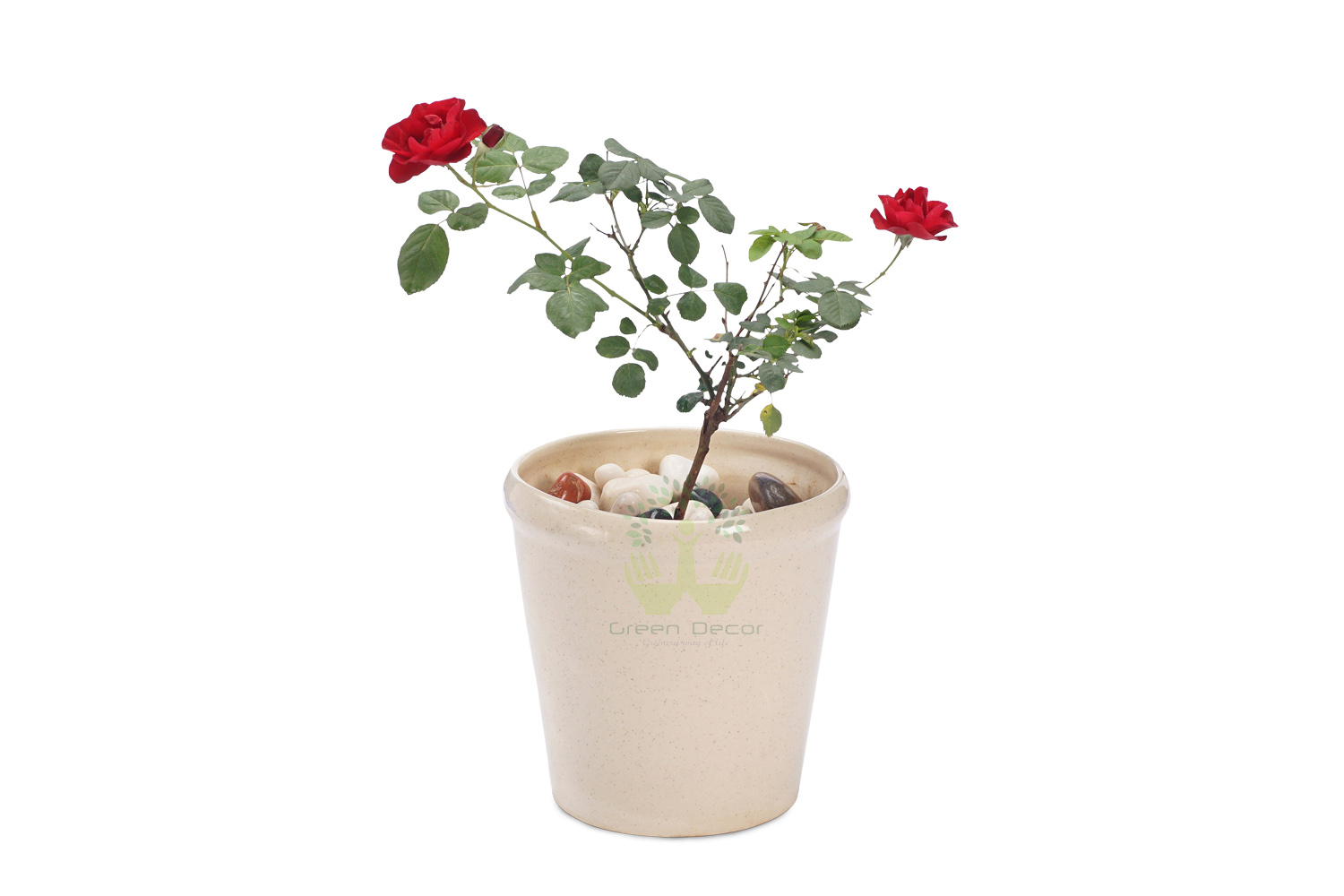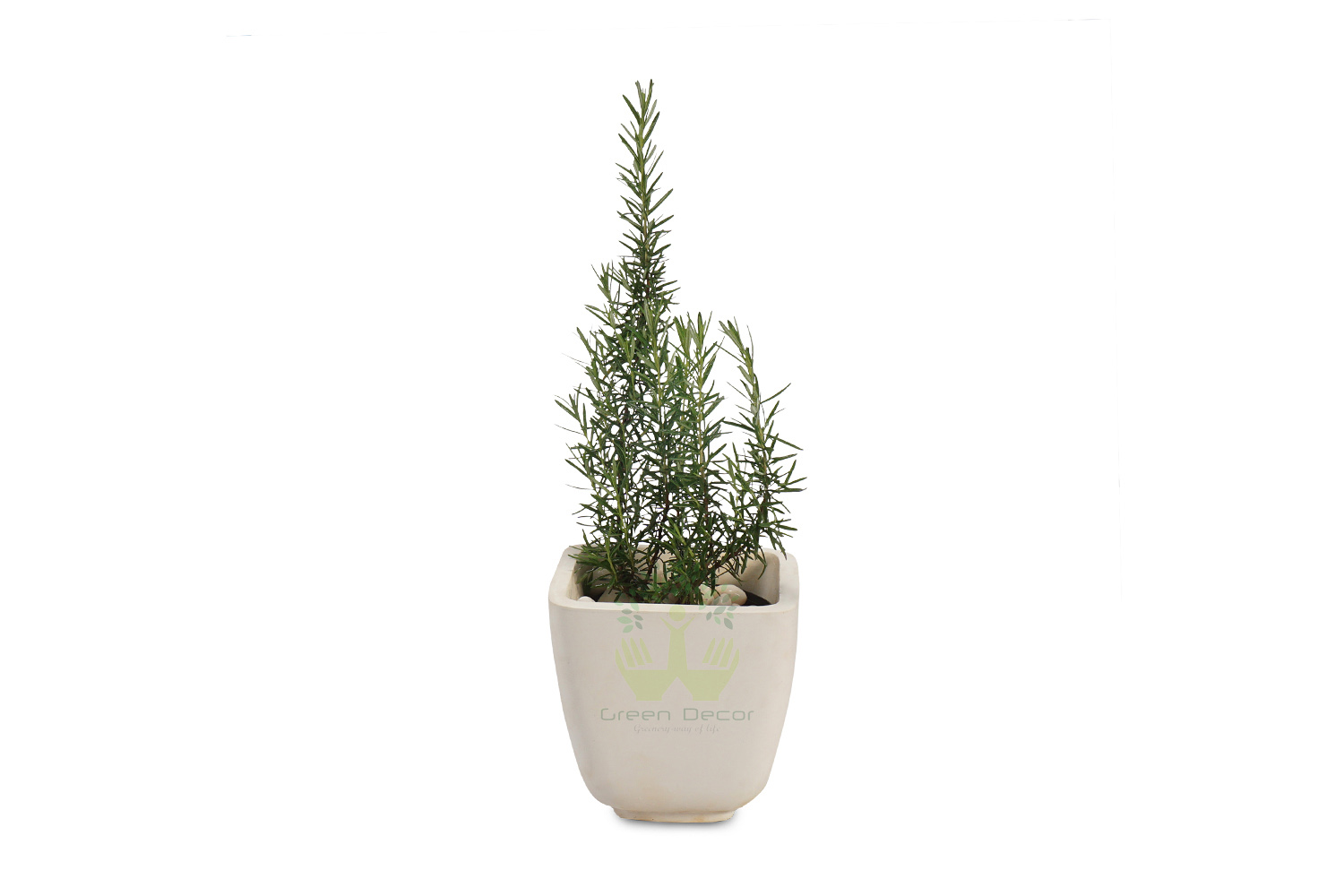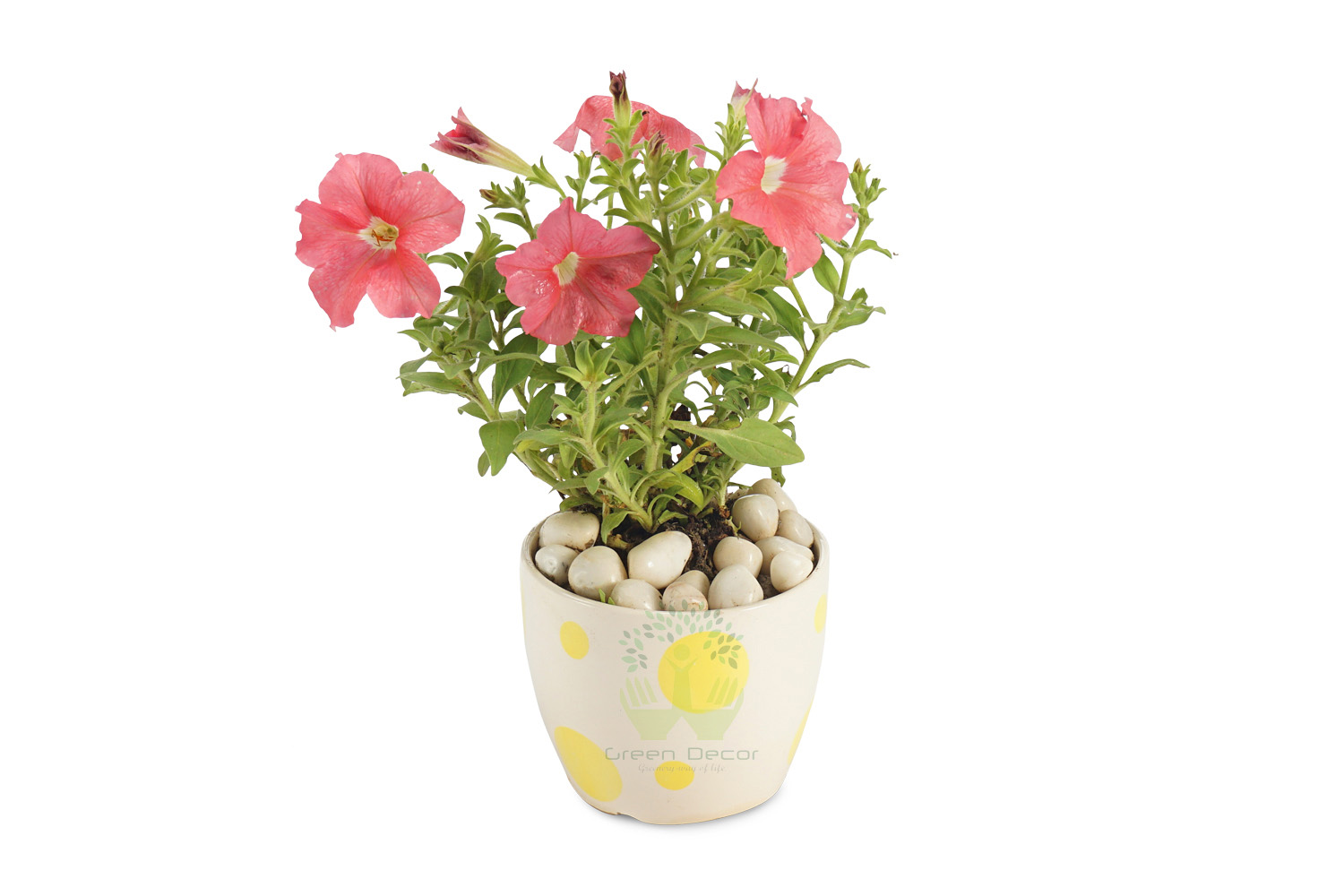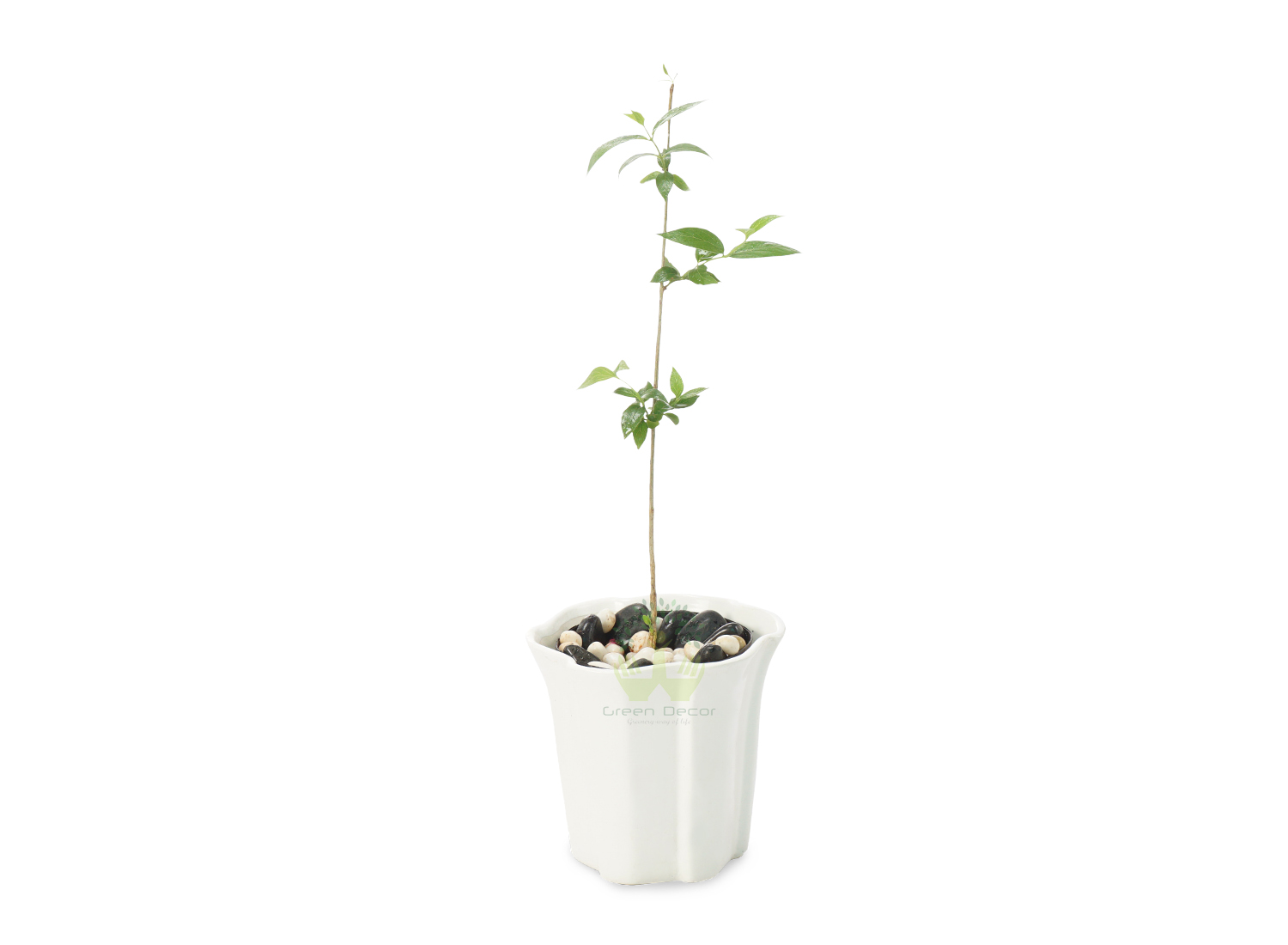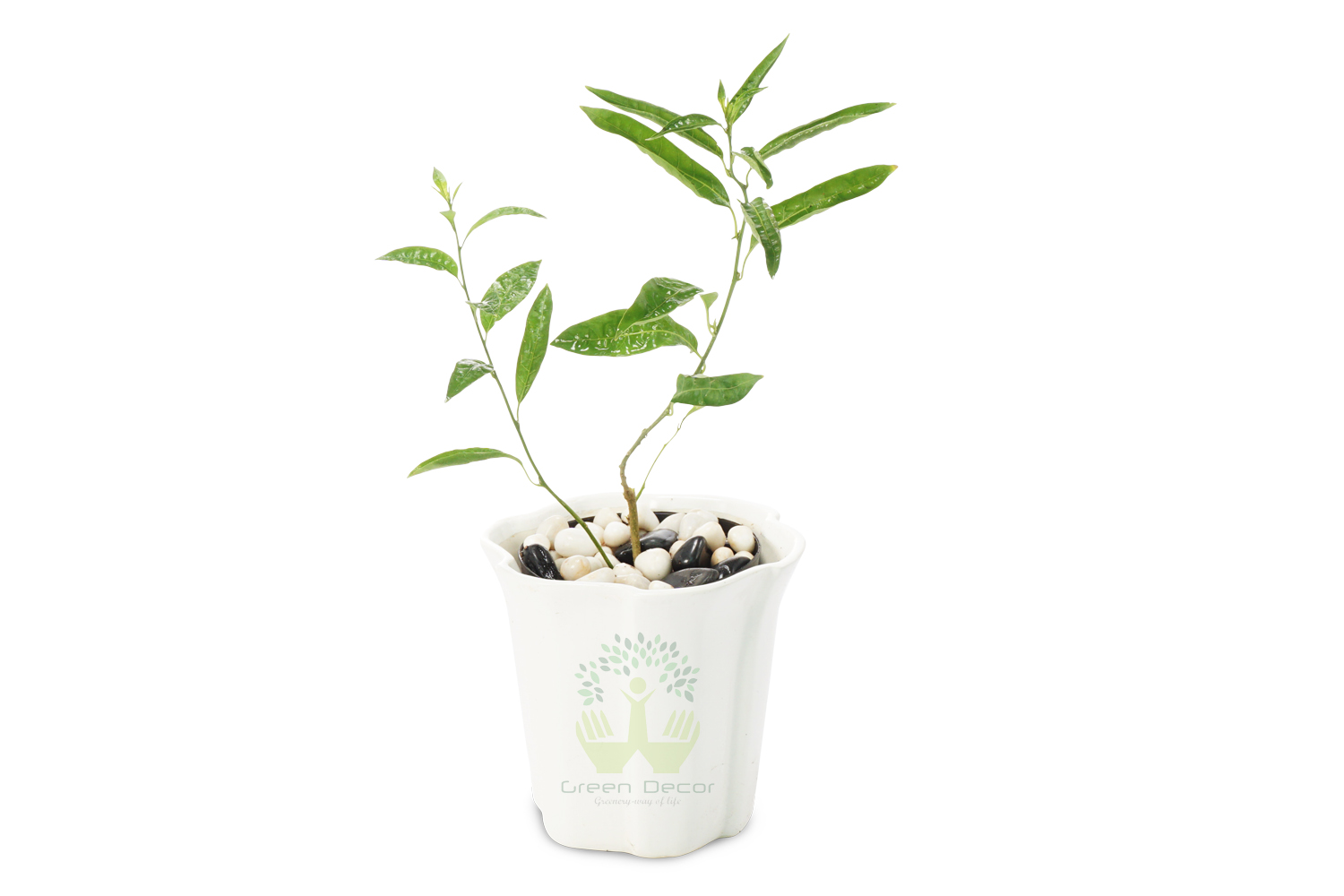Kunda - Downy Jasmine
540
Maintenance Level
Moderate
Placements
Outdoor-Sunny
Toxic
None
Fragrance
Low
Seasons
Autumn Spring Summer
Plant Height
6" to 36"
Water Frequency
Winter
Alternate Day
Summer
Alternate Day
Fertilizer Frequency
Winter
Every Month
Summer
Every Month
- About Kunda - Do..
- How To Grow Kunda - Do..
- Benefits of Kunda - Do..
- Maintenance Tips
- Shipping Info
The stems and leaves are covered with a downy pubescence that gives the plant an overall grayish-green appearance. The leaves are ovate and rounded at the base, up to 2 in (5.1 cm) long, and opposite each other on the stem. The white, clustered, star-shaped flowers appear nearly year-round and are not as fragrant as other jasmines.
Soil Need
Loamy soil, Potting soil mix
Fertilizer (type)
Granular Fertilizer
Growth Pattern
Moderate
Pruning
Every Month
Re-Potting
Every 3-4 Month
Process :
1. Find a suitable spot for your jasmine plant. 2. Prepare the soil for planting. Most jasmine cultivars do best in rich, well-draining soil. 3. Keep the environment moist. Water the soil around the jasmine throughout the growing season to keep it moist, but not soggy. 4. Fertilize the jasmine once a month. During the growing season, fertilizing the jasmine once a month will keep it blooming. 5. Prune the jasmine. Throughout the growing season, remove dead leaves, flowers and stems by pinching them off or using hand pruners to make a cut flush with the main stem of the plant.
1. Antioxidant Properties 2. Religious Purposes 3. Wound Healing 4. Treatment of Headache
Do's
1. Water jasmine from the bottom to keep from getting the leaves wet. 2. Jasmine grown indoors year-round does not require mulching.
Don'ts
1. Don't prune before or during the blooming period, as this can inhibit blooming.


